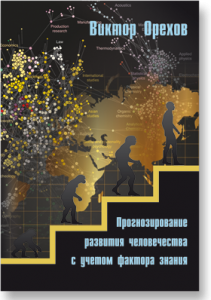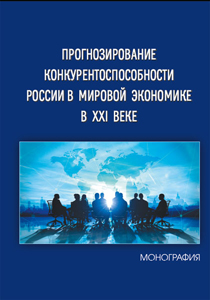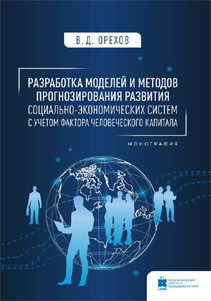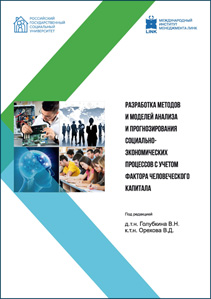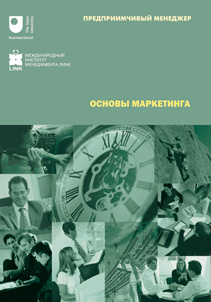
Kondratiev’s long waves are well-known. But beyond the three cycles investigated by Kondratiev the revolutions pattern appears to be quite different.
Waves follow each other not in equal periods but accelerating in time up to 1960. This is a result of hyperbolic population growth. Then the demographic transition period starts, population growth decelerates and wave repetition reduces.
Waves appear to come in pairs which are similar in essence, for example, the First and the Second Industrial Revolutions (1780 and 1850). The first of the wave pair determines innovations and the second brings them to implementation and increases life standards (chapter 4).
Another interesting pattern: technology revolutions are closely linked to the level of human knowledge and happen when the current level approximately half as large the previous (chapter 5).
Actually, it is knowledge that causes revolutions and crises accordingly. And the crisis of 2008 is not just a collapse of financial bubbles but the first revolution in the pair of biotechnology revolutions. The crisis will finish only when society removes barriers to development of this technology and ensures its implementation by adequate investments, people, laws…

 Published in
Published in  Метки:
Метки: 
